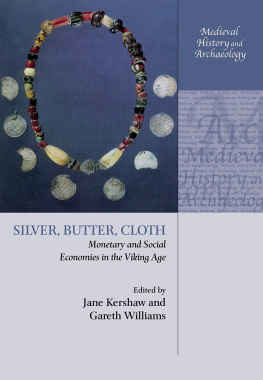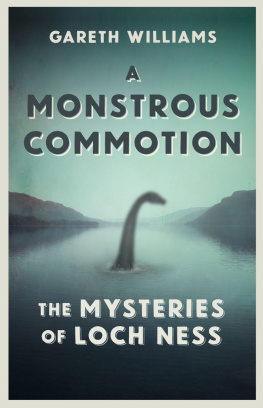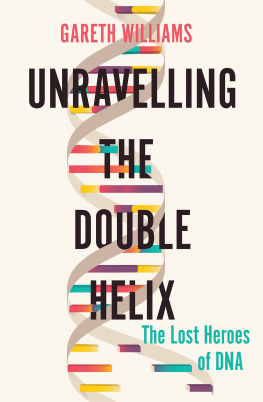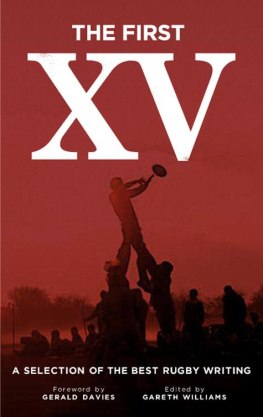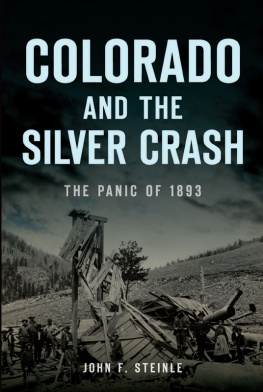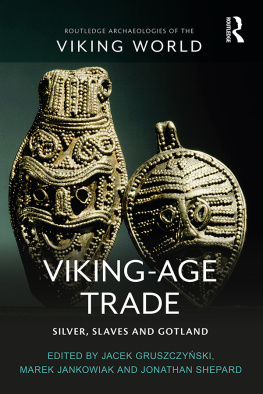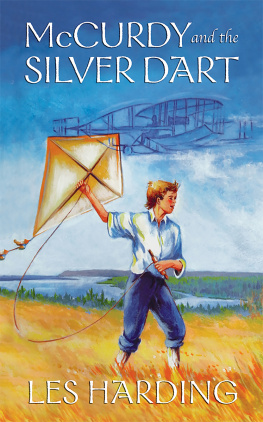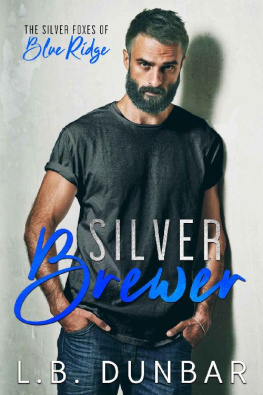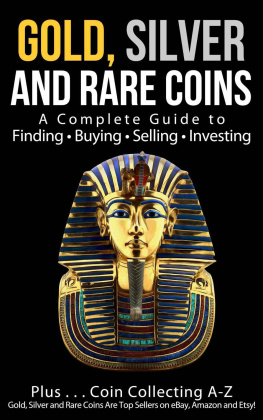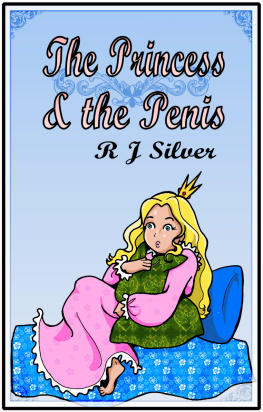Medieval History and Archaeology
General Editors
John BlairHelena Hamerow
The volumes in this series bring together archaeological, historical, and visual methods to offer new approaches to aspects of medieval society, economy, and material culture. The series seeks to present and interpret archaeological evidence in ways readily accessible to historians, while providing a historical perspective and context for the material culture of the period.
RECENTLY PUBLISHED IN THIS SERIES
KINGSHIP, SOCIETY, AND THE CHURCH IN ANGLO-SAXON YORKSHIRE
Thomas Pickles
ANGLO-SAXON FARMS AND FARMING
Debby Banham and Rosamond Faith
THE OPEN FIELDS OF ENGLAND
David Hall
PERCEPTIONS OF THE PREHISTORIC IN ANGLO-SAXON ENGLAND RELIGION, RITUAL, AND RULERSHIP IN THE LANDSCAPE
Sarah Semple
TREES AND TIMBER IN THE ANGLO-SAXON WORLD
Edited by Michael D. J. Bintley and Michael G. Shapland
VIKING IDENTITIES
Scandinavian Jewellery in England
Jane F. Kershaw
LITURGY, ARCHITECTURE, AND SACRED PLACES IN ANGLO-SAXON ENGLAND
Helen Gittos
RURAL SETTLEMENTS AND SOCIETY IN ANGLO-SAXON ENGLAND
Helena Hamerow
PARKS IN MEDIEVAL ENGLAND
S. A. Mileson

Great Clarendon Street, Oxford, OX2 6DP, United Kingdom
Oxford University Press is a department of the University of Oxford. It furthers the Universitys objective of excellence in research, scholarship, and education by publishing worldwide. Oxford is a registered trade mark of Oxford University Press in the UK and in certain other countries
Oxford University Press 2019
The moral rights of the authors have been asserted
First Edition published in 2019
Impression: 1
All rights reserved. No part of this publication may be reproduced, stored in a retrieval system, or transmitted, in any form or by any means, without the prior permission in writing of Oxford University Press, or as expressly permitted by law, by licence or under terms agreed with the appropriate reprographics rights organization. Enquiries concerning reproduction outside the scope of the above should be sent to the Rights Department, Oxford University Press, at the address above
You must not circulate this work in any other form and you must impose this same condition on any acquirer
Published in the United States of America by Oxford University Press 198 Madison Avenue, New York, NY 10016, United States of America
British Library Cataloguing in Publication Data
Data available
Library of Congress Control Number: 2018947663
ISBN 9780198827986
ebook ISBN 9780192563057
Printed and bound by CPI Group (UK) Ltd, Croydon, CR0 4YY
Links to third party websites are provided by Oxford in good faith and for information only. Oxford disclaims any responsibility for the materials contained in any third party website referenced in this work.
Preface
Silver, Butter, Cloth: Monetary and Social Economies in the Viking Age is the third volume of proceedings from a series of symposia which have sought to explore the character of economy in the Viking Age through the combination of archaeology and numismatics. This approach has grown out of a long-term collaboration between the Department of Coins and Medals at the British Museum and the Institute of Archaeology, UCL, in which both institutions have worked to integrate numismatics more closely with archaeology, in both the classical and early medieval contexts. One area in which links have been particularly close is that of Viking silver, where Professor James Graham-Campbells interests in Viking hoards, and in Viking silver more generally, overlapped with those of my predecessor Marion Archibald and myself. When I was developing the exhibition Paid in Burnt Silver: Wealth and Power in the Viking Age at the British Museum (AprilAugust 2000), James was characteristically generous with advice from an archaeological perspective, and we decided that it would also be interesting to organize a symposium at UCL to coincide with the exhibition, inviting a number of specialists working on different aspects of Viking silver, with a specific view to encouraging archaeologists and numismatists to engage with each other.
A variety of circumstances beyond our control meant that publication of the proceedings was delayed until 2007, when they appeared as Silver Economy in the Viking Age (Left Coast Press). Despite the title, it was already apparent that there was not one single silver economy, but several overlapping economies, including both monetary and social transactions, and including the monetary or quasi-monetary use of both coin and bullion, and the use of a variety of precious- metal objects in different forms of social exchange. The appearance the following year of the second volume in the Kaupang Excavation Project series, Means of Exchange: Dealing with Silver in the Viking Age (Aarhus University Press), edited by Dagfinn Skre, further stimulated discussion of these themes, and a second symposium on the subject was organized in Aarhus in 2008, to coincide with the end of James Graham-Campbells time as Honorary Professor of Medieval Archaeology at the University of Aarhus. This was again organized in conjunction with the British Museum and UCL, and was again planned by James and myself, together with Sren Sindbk of the University of Aarhus, involving several of the contributors to the Kaupang volume, and maintaining a combination of archaeologists and numismatists. This resulted in the publication in 2011 of Silver Economies, Monetisation and Society in Scandinavia ad 8001100 (University of Aarhus Press). A key element in this symposium and its proceedings was the introduction of discussion of commodity-money alongside silver, and a growing recognition that a focus on silver alone, or even silver and gold, risked missing out on an understanding of important elements in Viking Age economy and exchange.
The appointment of Jane Kershaw to a British Academy postdoctoral fellowship at UCL, working on the bullion economy of Viking England, provided the opportunity to organize a third symposium, to coincide with the exhibition Vikings: Life and Legend at the British Museum (MarchJune 2014). The heavy programme around that exhibition, including the scheduling of a live cinema broadcast for one of the days of the symposium itself, meant that although the symposium was planned jointly by Jane, Sren, and myself, with continued support and advice from James Graham-Campbell, the burden of organizing the symposium fell much more heavily onto Jane than on the rest of us. Other commitments also meant that Sren Sindbk was unable to be as heavily involved in editing the volume as originally planned. Jane has, therefore, had the lions share of the work in editing this volume, and I would like to thank her for all her efforts in producing what I feel is a very worthy successor to the previous volumes. Thanks are also due to James Graham-Campbell and Sren Sindbk for their valuable input.
As the title of the book suggests, the symposium picked up where the last one left off, investigating silver alongside other forms of currency media. Developments in scientific analysis have meant that it has been possible to include more detailed discussion not only of the uses of silver, but its sources in the Viking Age, while the economic uses of gold, cloth, and butter are also discussed in more detail, taking forward the discussion of commodity-money and its relationship to more monetized economies. As ever, answering some questions raises more, and this continues to be a field in which more research is needed, but the chapters in this volume contribute to a more nuanced view of the range of economies in the Viking Age than ever before.

